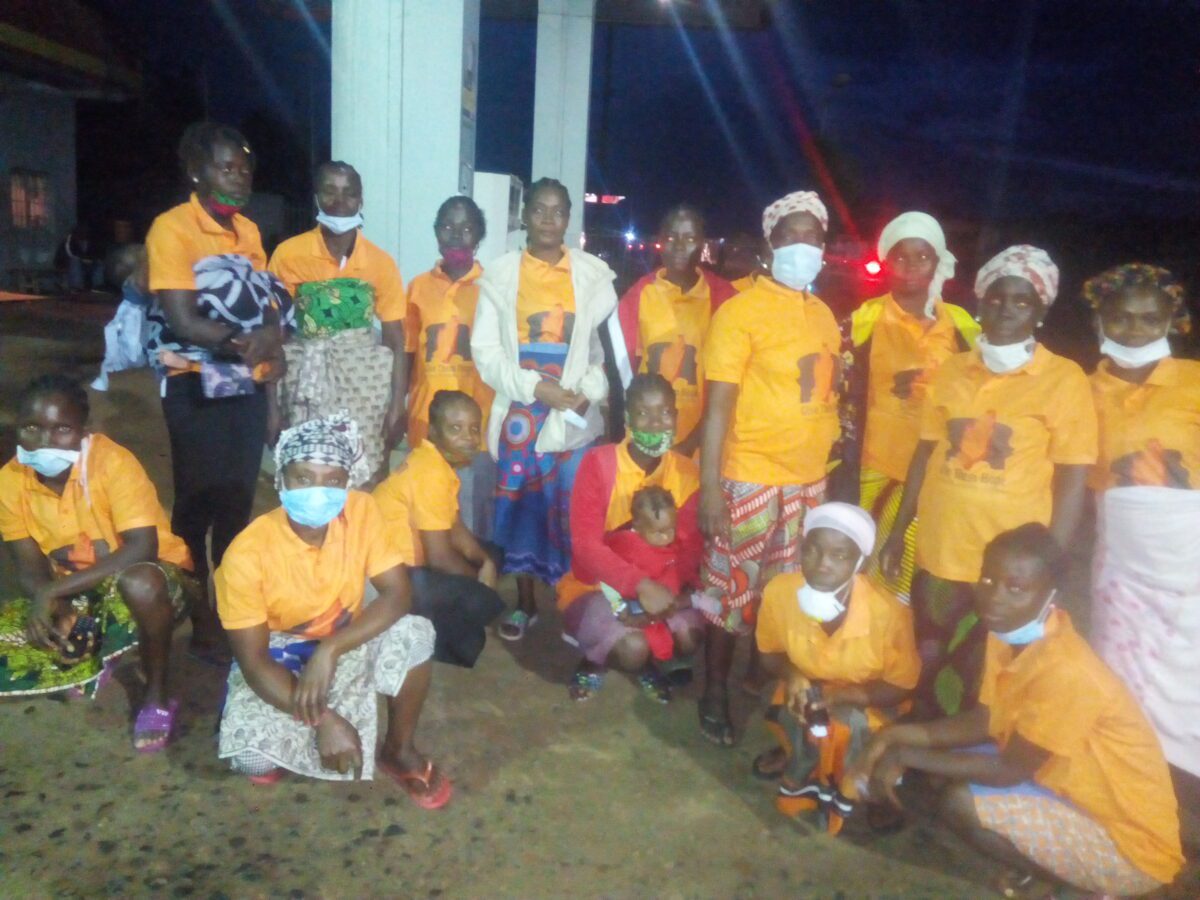By: Kathryn Cleary
HJN member Give Them Hope, a civil-society organisation based in rural Liberia, has asked for support from this global network to assist with raising awareness about Lassa fever in West Africa.

Lassa fever is a symptomatic illness following infection with Lassa virus, a zoonotic disease that comes from rats endemic to West Africa. The WHO states, “Humans usually become infected with Lassa virus through exposure to food or household items contaminated with urine or faeces of infected Mastomys rats. The disease is endemic in the rodent population in parts of West Africa.” However, not everyone infected with Lassa virus gets sick (or in other words, they are asymptomatic), about 1 in 5 persons infected will develop symptoms.
Regionally, the disease has a serious impact on local health systems. The Centres for Disease Control estimates that in some parts of Sierra Leone and Liberia, 10 to 16 percent of hospitalisations annually are due to Lassa fever.

Give Them Hope works with particularly vulnerable women, girls and children in rural Central and Northern Liberia. Despite ongoing efforts to raise awareness about Lassa fever and inform communities about prevention measures, the organisation says they are struggling to make a larger impact. Currently the organisation does community outreach work and leverages local and national radio platforms to work to inform communities about the dangers of Lassa fever and prevention.
However, it’s simply not enough, says Give Them Hope.
“Lassa fever is dangerous and bad, prevent it!”
Speaking with Give Them Hope, Masuyaa Zeambom, a survivor of Lassa fever, recounts the weeks she spent in hospital and pleas for prevention efforts.
“My people in Bong, Nimba and Lofa Counties and all of Liberia and also in Guinea and Sierra Leone, Nigeria and West Africa: Lassa fever is bad. I got sick from Lassa fever in Nimba County and my people took me to hospital.
“[At] the hospital people were giving medicine, but [nothing helped]. Some of the nurses were staying away from me because they said I [would] die. I was feeling pain all over my neck, head and body. I was suffering from [so much] pain that I was not [even myself]. I spent three weeks at the first hospital [with] no improvement.
“Even when most of my family members said that no one can survive Lassa fever so they should not transfer me but wait [until I] die, my uncle insisted that he [would] take me to another hospital. I was transferred to the second hospital where I spent five weeks before I [was] healed.
“To all who are reading this paper or listening to it on FM radio, I advise all of you to cover your food, keep your surroundings clean, avoid rats and prevent Lassa fever. Lassa fever is dangerous and bad, prevent it!”
Prevention comes down to community hygiene, states WHO
Lassa fever can be prevented in communities by promoting and practising good community hygiene to discourage rodents from entering homes and areas heavily trafficked by humans.
The WHO says that effective [prevention] measures include storing foodstuffs in rodent-proof containers, disposing of garbage far from the home, maintaining clean households and keeping cats.
“Family members should always be careful to avoid contact with blood and body fluids while caring for sick persons,” states the WHO.
Interested in collaborating with Give Them Hope? Contact them here!
Check out these Internews resources on Lassa fever for more information:
Two Viral Zoonotic Diseases Journalists Should Know About: A Webinar on Lassa Fever and Nipah Virus